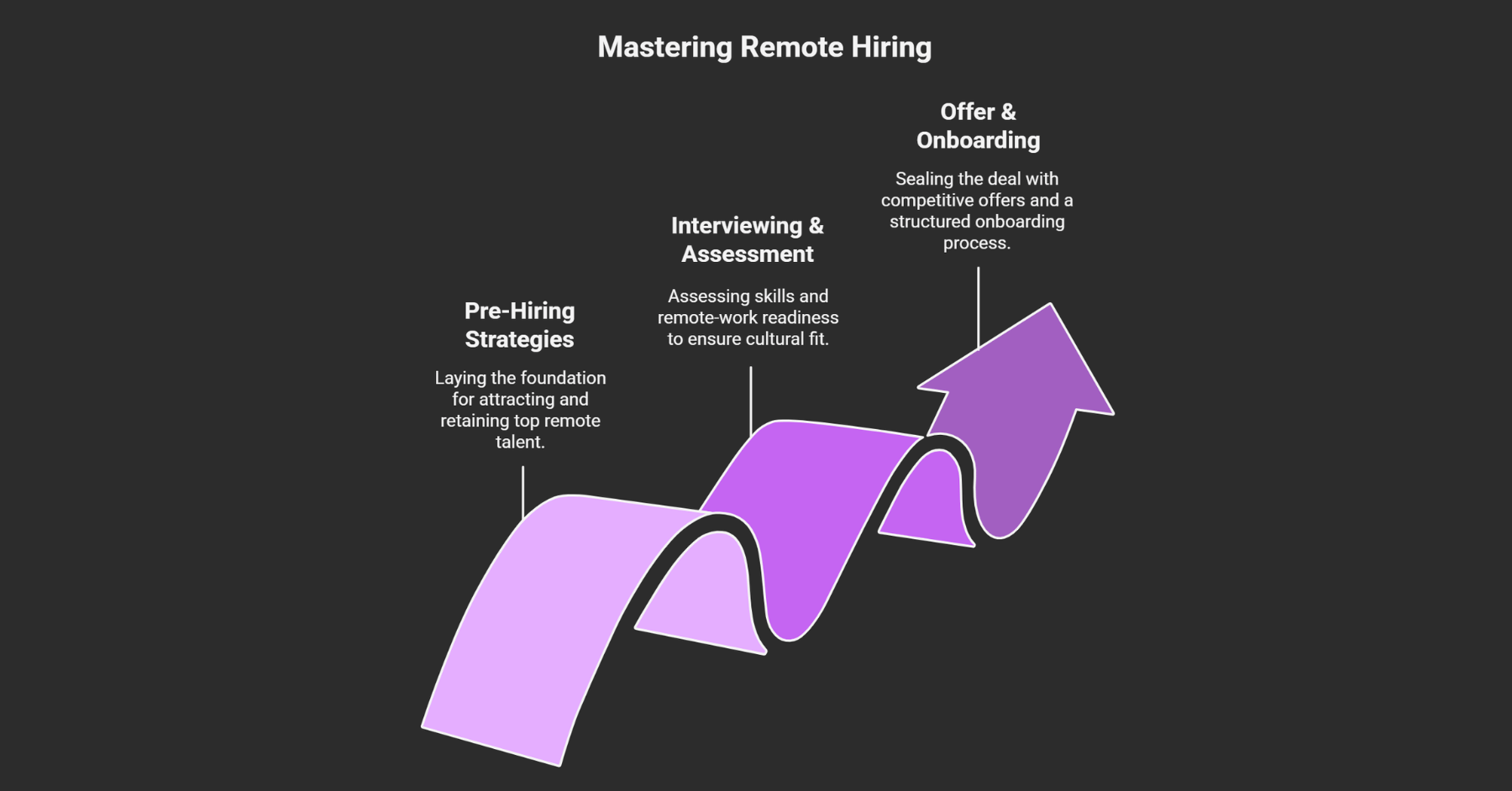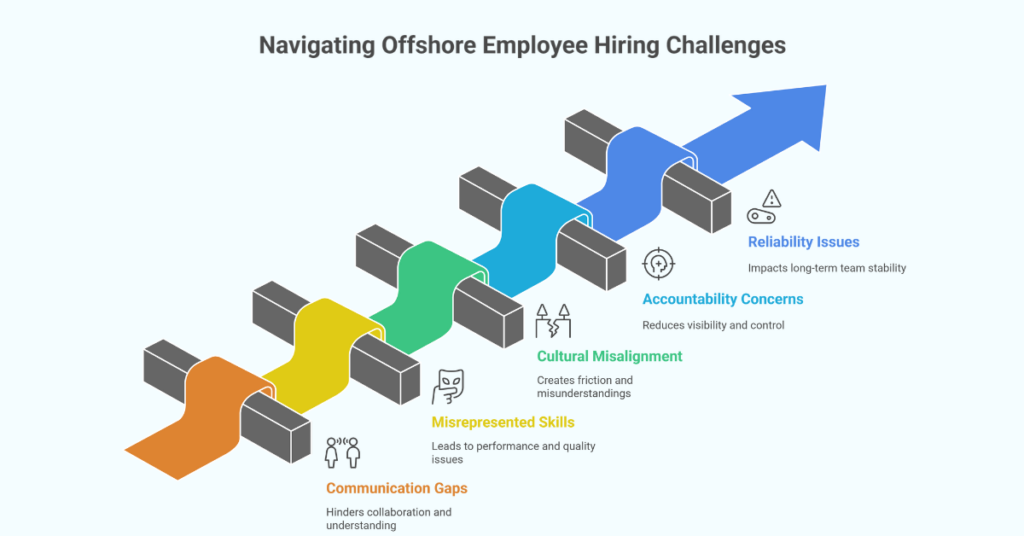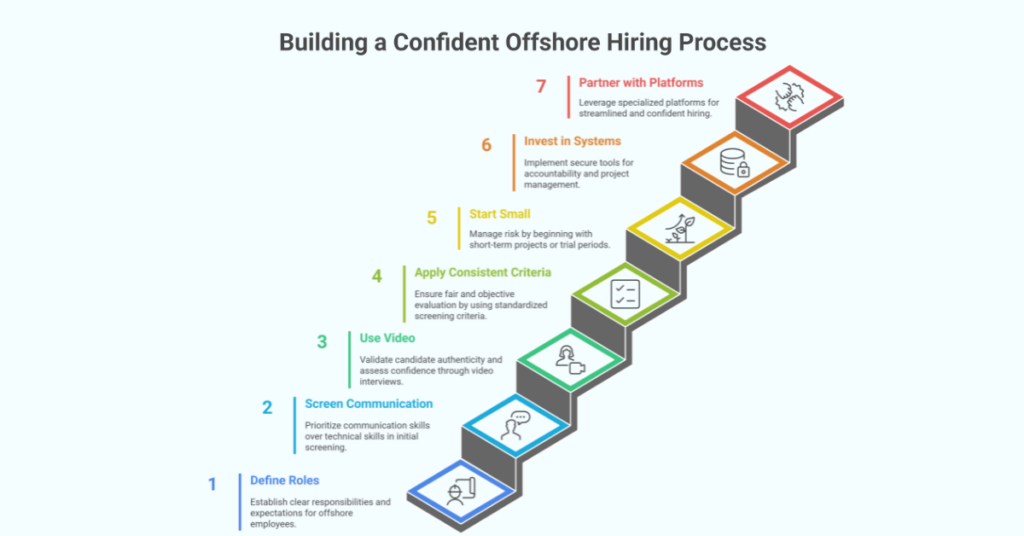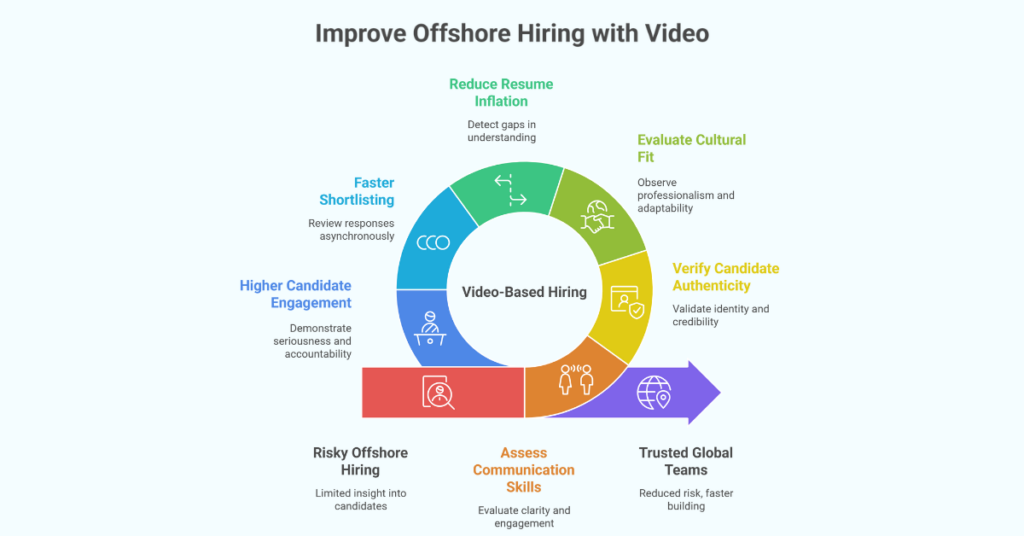“Remote hiring is the cornerstone of building a dynamic, high-performing distributed team equipped to thrive in today’s global economy.”
The rise of remote work has redefined how companies attract, evaluate, and integrate talent. By 2025, 36% of professionals will work remotely at least part of the time, fueled by advances in collaboration technology and shifting employee expectations. Yet many organizations struggle with the complexities of remote hiring—from crafting effective job descriptions to ensuring new hires feel connected. Mastering remote hiring requires a strategic approach: defining remote-friendly roles, sourcing diverse global candidates, conducting impactful virtual interviews, and designing onboarding that fosters engagement. This guide delivers actionable strategies and data-driven insights to help employers conquer remote hiring challenges and build a high-performing distributed team.
1. Pre-Hiring Strategies
Before posting roles, lay a foundation that attracts and retains top remote talent.
1. Defining remote-friendly roles and job descriptions
Craft job descriptions that clearly outline responsibilities, required remote-work skills, and success metrics. Emphasize competencies like self-management, written communication, and familiarity with collaboration tools. Specify expected hours or time-zone overlap to set clear expectations. Use inclusive language to appeal to diverse candidates. Highlight flexible benefits that make the role attractive to remote professionals.
2. Developing a remote-first company culture
Establish core values and rituals—such as virtual coffee chats and weekly all-hands—that reinforce collaboration and belonging. Provide leadership training on managing distributed teams with empathy and clear communication. Promote asynchronous workflows, documenting processes to ensure transparency across time zones. Recognize achievements in public channels to sustain morale. Encourage social interactions beyond work tasks to build personal connections.
3. Sourcing diverse talent globally
Leverage Remote Recruit’s global pool of over 50,000 verified professionals to access candidates from 60+ countries. Use targeted outreach on platforms like LinkedIn and developer communities to find underrepresented talent. Partner with industry-specific networks and online cohorts to reach niche skills. Ensure your employer branding speaks to inclusion and remote flexibility. Apply structured diversity metrics to monitor and improve candidate sourcing.
2. Interviewing & Assessment
Assess both skills and remote-work readiness to ensure a seamless cultural fit.
1. Effective virtual interview techniques
Structure interviews with clear agendas and share them in advance to reduce candidate anxiety. Use video calls to observe communication style, body language, and presence. Record sessions (with consent) to review nuances and share with hiring teams. Leverage breakout rooms for panel interviews that simulate collaborative problem-solving. Balance behavioral and technical questions to gauge adaptability and expertise.
2. Assessing remote work compatibility
Evaluate traits like self-discipline, time-management, and proactive communication through scenario-based questions. Ask candidates to describe past remote successes and challenges, probing their coping strategies. Test responsiveness via asynchronous tasks to see how they handle delays and feedback loops. Check references specifically on remote collaboration and reliability. Gauge cultural alignment by discussing values and work rituals.
3. Using practical assessments and skills tests
Assign real-world tasks that mirror day-to-day responsibilities, allowing candidates to showcase problem-solving and technical proficiency. Provide clear instructions, deadlines, and evaluation criteria to ensure fairness. Use coding challenges, writing samples, or design briefs relevant to the role. Offer paid trial projects for high-stakes positions to validate fit. Collect feedback from multiple team members to reduce bias.
3. Offer & Onboarding
Seal the deal with competitive offers and a welcoming, structured onboarding.
1. Crafting competitive remote compensation packages
Benchmark salaries against global data, adjusting for roles, seniority, and regional cost of living. Include stipends for home-office setup, internet reimbursement, and coworking space access. Offer flexible benefits—mental health support, professional development budgets, and wellness allowances. Clearly outline performance-based bonuses and equity options where applicable. Highlight these perks prominently in offer letters.
2. Building a robust virtual onboarding process
Design a multi-week onboarding plan with scheduled check-ins, learning modules, and peer mentorship. Provide an onboarding portal with policy documents, organizational charts, and tool tutorials. Assign a dedicated buddy to guide new hires through culture and workflow nuances. Schedule interactive welcome sessions with leadership and key collaborators. Gather feedback post-onboarding to continuously refine the process.
3. Providing essential tools and resources
Equip new hires with standard hardware, software licenses, and secure access credentials before their first day. Offer training on collaboration platforms—Slack, Asana, GitHub—and company-specific tools. Maintain a centralized knowledge base for FAQs, troubleshooting guides, and best practices. Ensure IT support is available across time zones. Regularly update resources as tools and processes evolve.
4. How Remote Recruit Simplifies Your Remote Hiring
Remote Recruit streamlines every stage of remote hiring with an integrated platform built for distributed teams. Employers gain access to a curated global talent pool spanning over 60 countries, complete with detailed profiles and video resumes that showcase soft skills and cultural fit. The AI-driven matching engine pairs you with candidates whose experience and availability align with your requirements, reducing time-to-hire by up to 40%. Built-in communication tools—instant messaging, one-click video interviews, and feedback workflows—keep hiring teams and candidates engaged. Compliance and onboarding modules automate contract generation, benefits enrollment, and IT provisioning, ensuring your new hires are productive from day one. With analytics dashboards tracking sourcing channels, diversity metrics, and candidate progress, Remote Recruit provides actionable insights to optimize your remote hiring strategy continuously.
Conclusion
Mastering remote hiring demands intentional strategies that address sourcing, assessment, and integration of distributed talent. By defining remote-friendly roles, fostering a remote-first culture, and leveraging global talent networks, you lay the groundwork for success. Conducting structured virtual interviews, practical assessments, and transparent offers builds trust and selects high-performing candidates. A robust onboarding process, backed by the right tools and continuous feedback, ensures new hires thrive in your remote environment. Platforms like Remote Recruit serve as indispensable partners, offering AI-powered matching, global reach, and comprehensive workflows that streamline recruitment and onboarding. By adopting these best practices, organizations can build resilient, innovative teams that drive growth and adapt rapidly to market changes. Embrace remote hiring excellence to secure top talent and future-proof your workforce.
Frequently Asked Questions
Q1: What makes a role “remote-friendly”?
Remote-friendly roles are those with clear deliverables, digital collaboration needs, and minimal dependency on physical presence. They require strong self-management, communication tools, and outcome-based performance metrics.
Q2: How do I assess a candidate’s suitability for remote work?
Use scenario-based interview questions, reference checks focused on remote collaboration, and practical timed assessments. Evaluate self-discipline, responsiveness, and tool proficiency through trial tasks and asynchronous challenges.
Q3: What tools are essential for remote hiring?
Key tools include an ATS with remote filters, video-interview platforms, collaboration software (Slack, Zoom), project management (Asana, Jira), and secure document sharing. A knowledge base and compliance automation also streamline processes.
Q4: How can I maintain company culture remotely?
Foster culture through regular virtual social events, recognition channels, transparent communication, and shared rituals like weekly stand-ups. Encourage informal interactions and celebrate milestones publicly to build team cohesion.
Q5: How does Remote Recruit improve time-to-hire?
By leveraging AI matching, video resumes, and integrated interviewing tools, Remote Recruit connects you with qualified candidates more efficiently—cutting sourcing and screening time by up to 40%. Analytics dashboards help refine your strategy continually.
Ready to transform your remote hiring? Sign up on Remote Recruit to start building your high-performing distributed team today.
